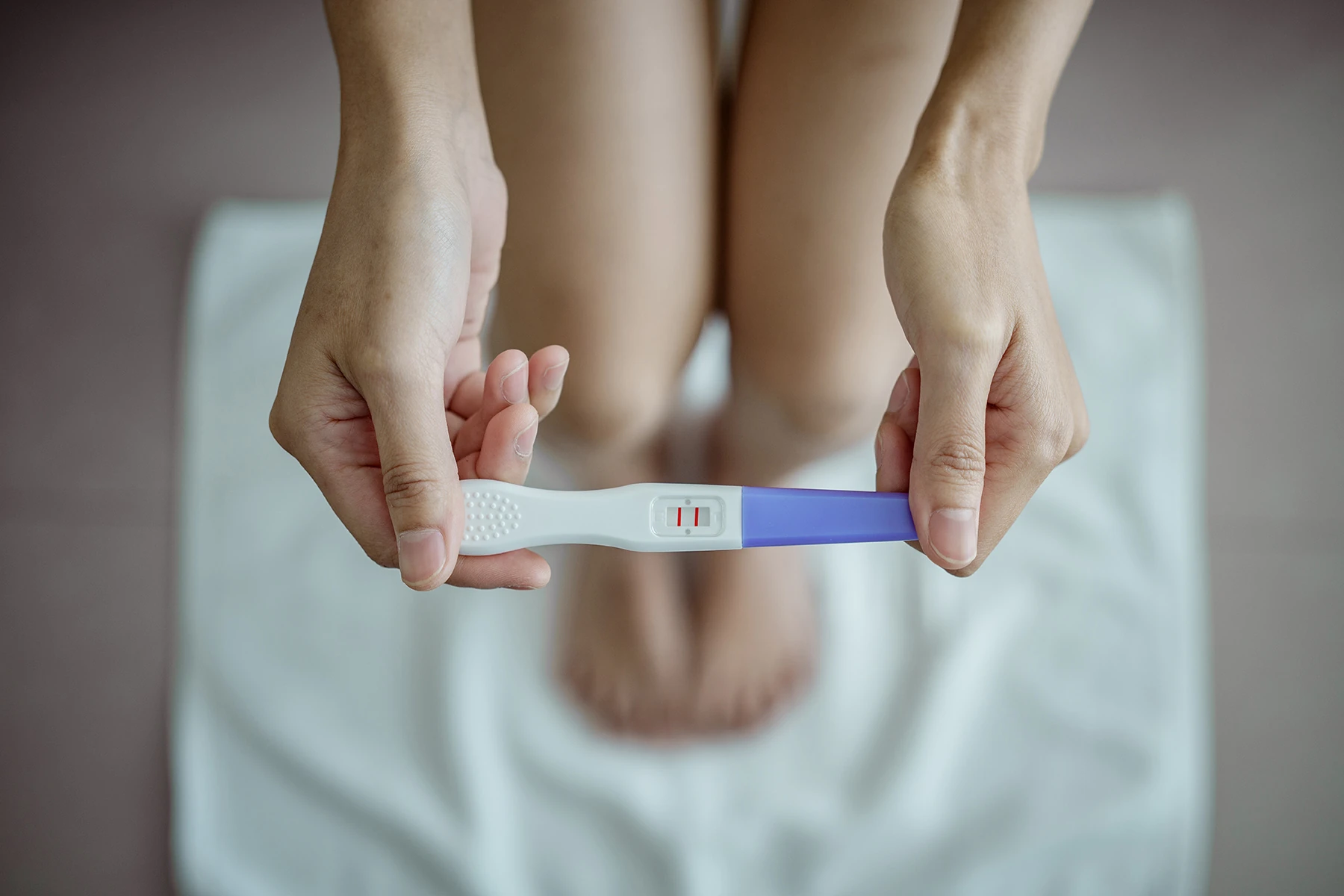IVF Step by Step: An In Vitro Fertilization Process Walkthrough
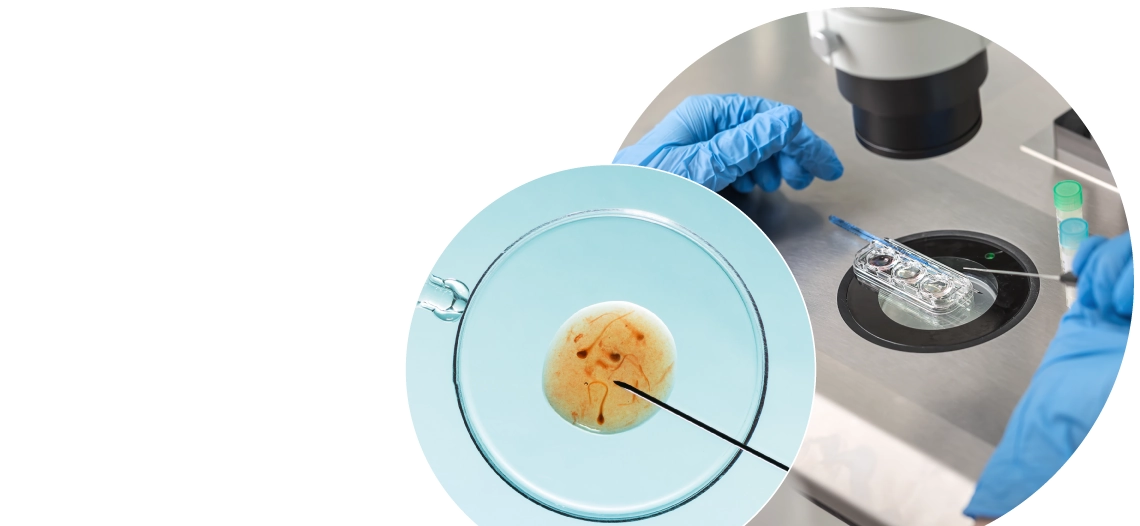
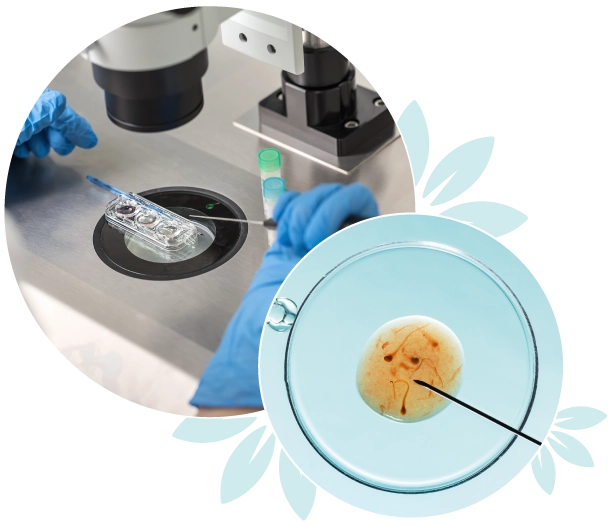
Starting a family can be a challenging journey, especially when you need a little extra help. IVF (In vitro fertilization) is one way to increase your chances of success in having a baby. With IVF we fertilize an egg outside of the body in our lab, and then place it back into the women's uterus. By understanding the IVF process step by step, you'll have clearer expectations if you start this journey with us.
IVF Treatment
IVF treatment, short for in vitro fertilization, involves a series of carefully planned steps, each designed to maximize the chances of pregnancy. This treatment is the most effective and commonly performed method of assisted reproductive technology (ART) with over 8 million babies born globally. In the United States alone, IVF pregnancies account for 2% of all births.Usually, IVF is used when other fertility treatments have failed to achieve pregnancy. From your initial visit to our fertility clinic through to the critical moment of embryo transfer, we aim to make the process as clear and straightforward as possible.Think of this as your beginner's guide to the steps of the IVF process that results in a fertilized egg placed in your uterus.The IVF Process and IVF Timeline
The IVF process begins with thorough health evaluations for both partners, including blood tests and ultrasound on the female partner. Following this, you'll meet with your fertility specialist and IVF coordinator to finalize your IVF cycle treatment plan.This plan covers the ovarian stimulation protocol, fertilization procedure, embryo testing, the choice between a fresh embryo transfer or frozen embryo transfer, and hormonal support for the luteal phase. Depending on your menstrual cycle and clinic scheduling, the IVF treatment cycle can start anywhere from 2 to 6 weeks after planning, with some protocols involving pre-stimulation medications for 2 to 4 weeks. Besides more commonly used oral contraceptives, pre-stimulation medications may include estradiol, progesterone, testosterone, lupron or growth hormone. The general aim is to improve the stimulation phase and maximize egg quality and quantity.- Ovarian Stimulation Duration: Typically lasts 8-12 days, culminating in a trigger injection (aka trigger shot).
- Egg Retrieval Timing: Follows 34-36 hours after the trigger injection.
- Fertilization and Embryo Culture: Retrieved eggs are then fertilized, and embryos are cultured in the laboratory for 5 to 7 days.
- Blastocyst Stage: Embryos can be transferred or frozen (with or without biopsy).
- After Embryo Transfer: The luteal phase lasts about 2 weeks and is hormonally assisted.
- Pregnancy Test: Conducted at the end of the luteal phase to determine the outcome of the cycle.
- Total Cycle Time: Can take from as little as 4 weeks to about 10 weeks, depending on specific protocols and scheduling.
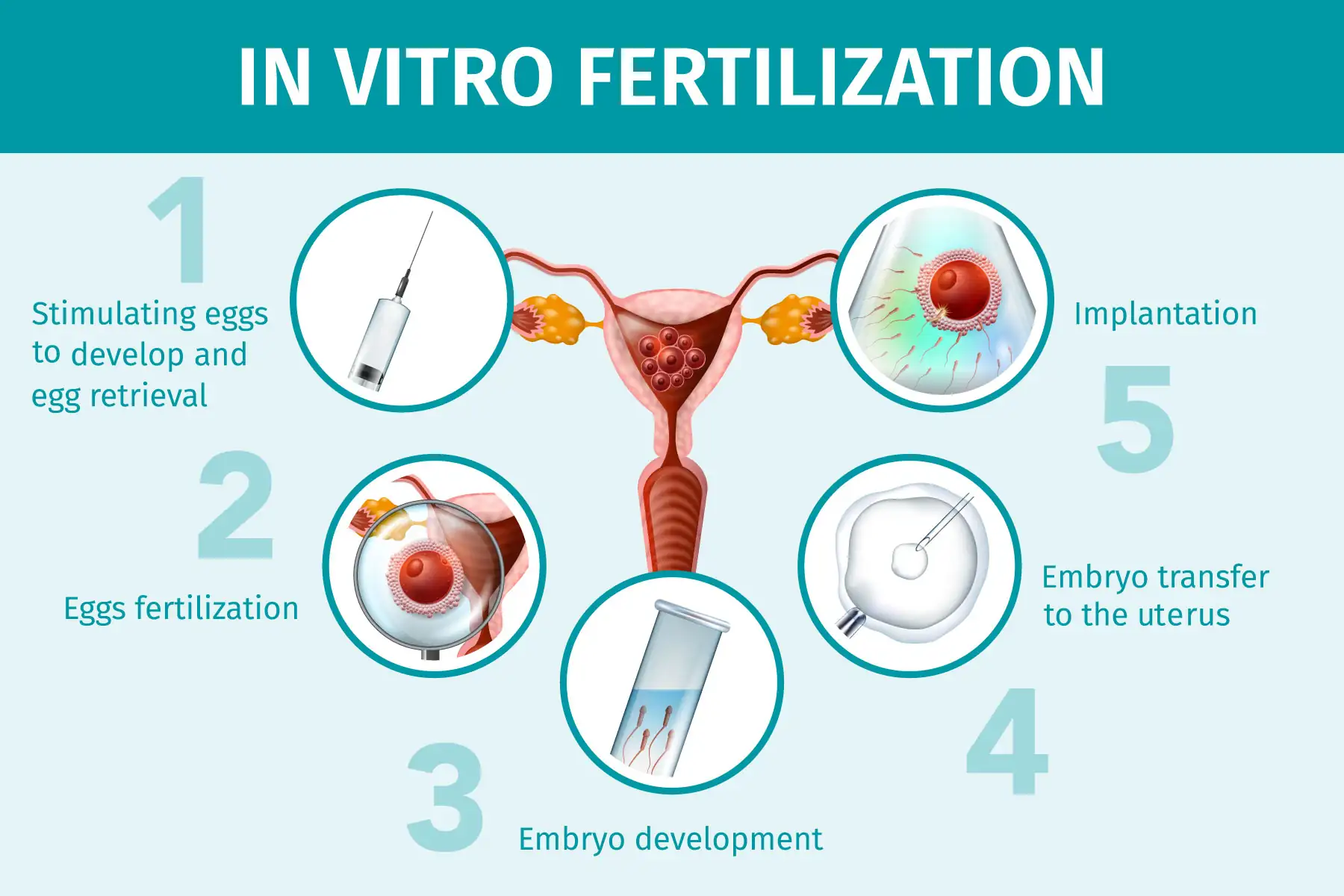
Step 1: Getting Ready for IVF - Examinations and Ovarian Stimulation
Before starting an IVF cycle, you will have a comprehensive assessment, which involves tests for ovarian reserve, thyroid function, screening for sexually transmitted diseases, and a semen analysis for the male partner. During the semen analysis, the sperm count, along with motility and morphology, is evaluated to assess the sperm’s ability to fertilize an egg. This also involves a transvaginal ultrasound to examine your uterus and fallopian tubes to address any issues that might require surgical intervention. Once testing is complete, the next step is ovarian stimulation, where you'll take fertility drugs, typically for 8-12 days, to encourage your ovaries to mature more eggs. Although you may naturally ovulate, these medications help mature more than one egg in the same cycle, providing more eggs for the lab and increasing the number of fertilizations. You'll be closely monitored during this phase with regular hormonal testing and transvaginal ultrasounds to ensure the optimal development of eggs while carefully managing the dosage of fertility medications to prevent the risk of ovarian hyperstimulation syndrome (OHSS). When the follicles are the correct size, you'll receive a trigger shot to finalize egg maturation, preparing them for retrieval.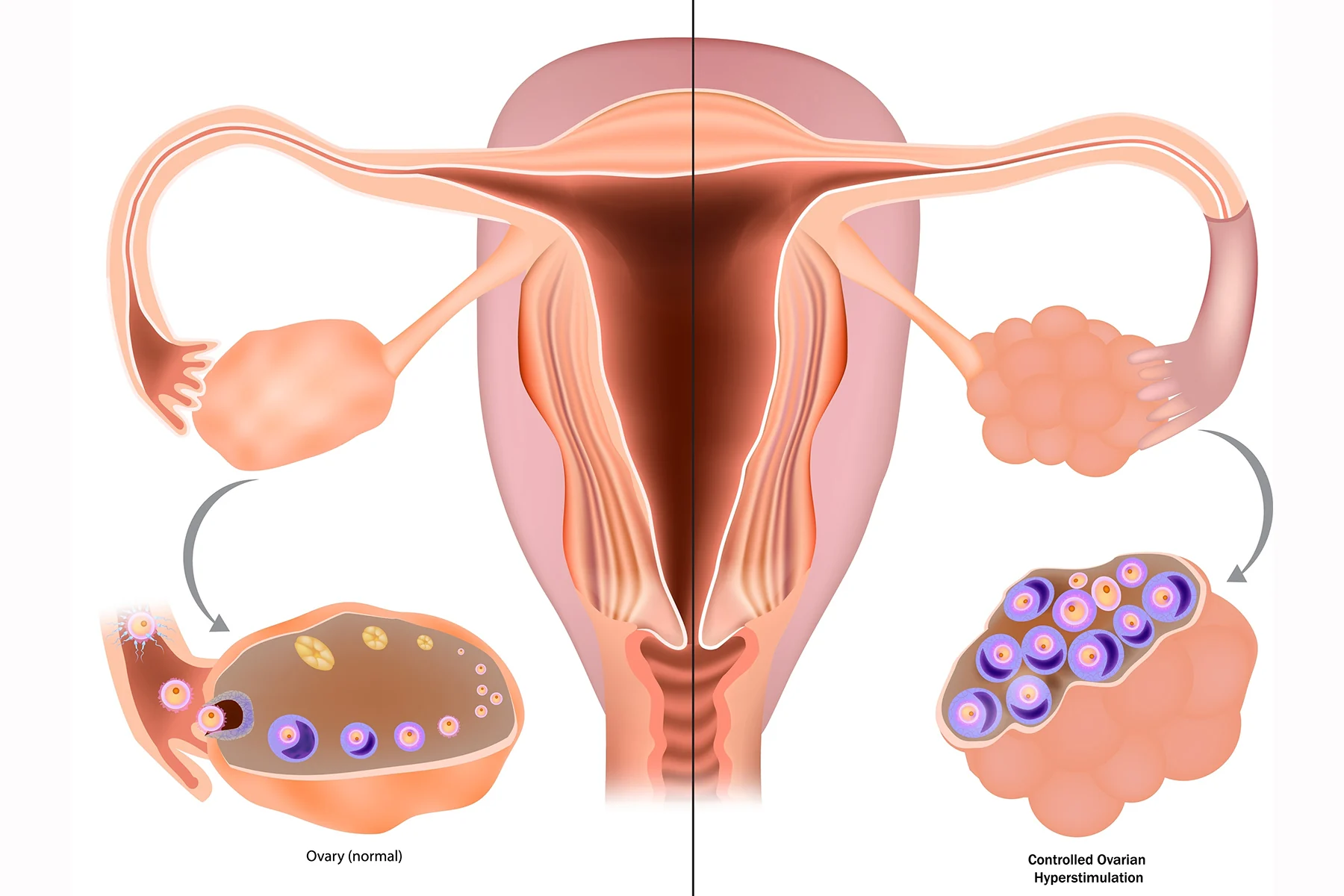
Step 2: Egg Retrieval
Egg retrieval in the IVF process occurs 34 to 36 hours after administering a trigger shot, before the eggs have a chance to ovulate naturally. Most of the time, this procedure is performed under anesthesia, provided through an intravenous line, and closely monitored by an anesthesiologist to ensure no pain or discomfort is felt during the process. A thin needle, guided by ultrasound, is inserted through the top of the vagina into one ovary in the order to collect the eggs.Once the needle enters the follicles, the follicular fluid containing the eggs is suctioned out. This fluid is then transferred through fine tubing into a test tube, which is handed over to an embryologist. Under a microscope, the embryologist locates and evaluates each egg, recording all details carefully. The entire process typically lasts less than 30 minutes.After the procedure, you may experience minor cramping on the day of the procedure, which usually subsides by the next day. There may also be a sensation of fullness and/or pressure due to the ovaries being expanded from the ovarian stimulation, which could last for a few weeks.The number of eggs retrieved can vary widely and is influenced by factors such as the patient’s age, ovarian reserve, response to ovarian stimulation, and occasionally, the ability to access the ovaries with the needle. After retrieval, the eggs are immediately taken to a laboratory where they are checked for viability before being fertilized with sperm from a partner or a donor. The eggs remain in a temperature controlled sterile environment all the way through.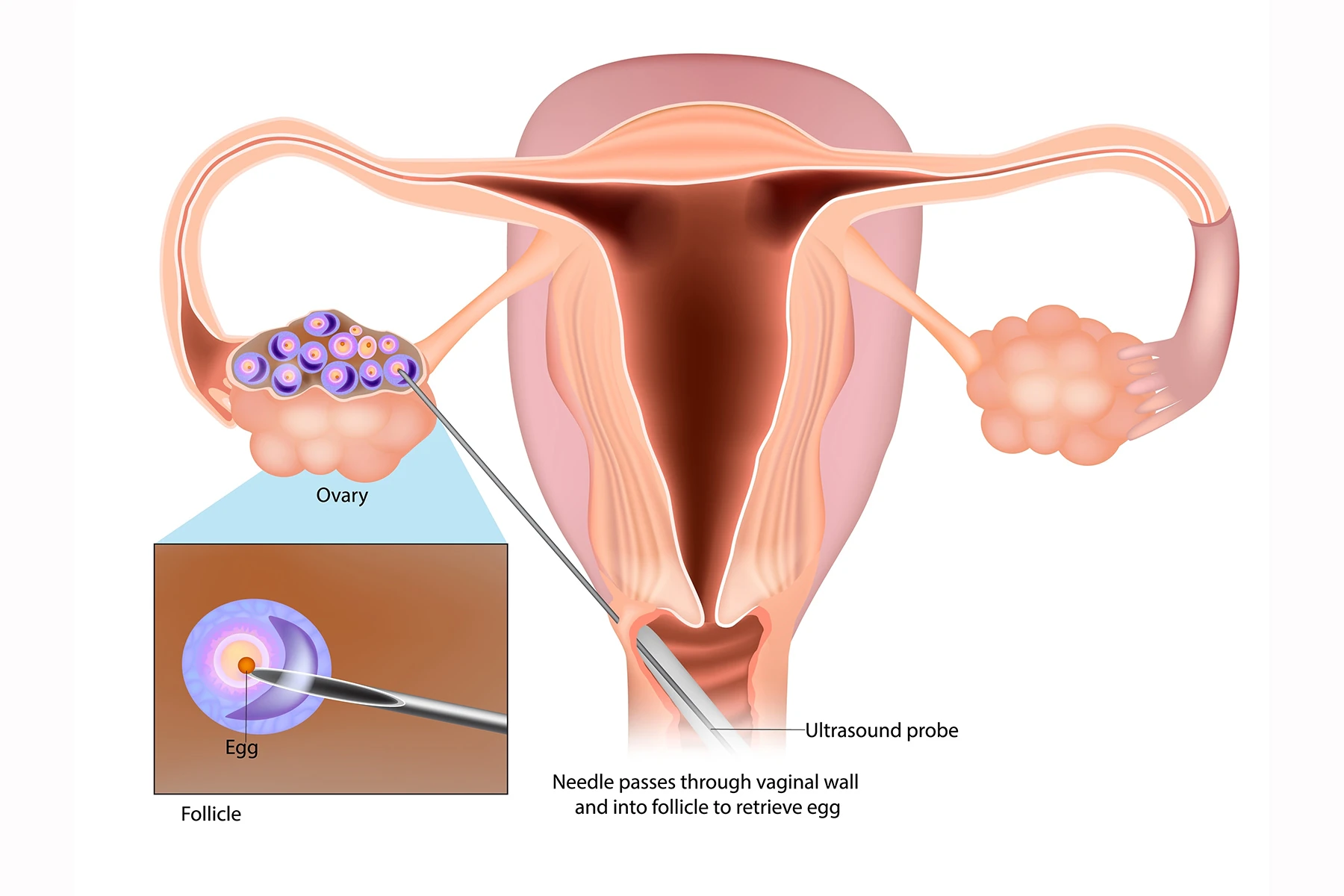
Step 3: Fertilization
Fertilization is a key phase in the IVF process, occurring shortly after egg retrieval. Once eggs reach the laboratory, they are examined for maturity and quality. Mature eggs are then either mixed with sperm in a culture dish for natural fertilization or undergo intracytoplasmic sperm injection (ICSI), where a single sperm is injected directly into an egg. The choice between these methods—traditional insemination or ICSI—is determined by your IVF team based on factors such as semen quality and previous IVF results. ICSI is used in about 70% of cases. After fertilization, the eggs are closely monitored to confirm the success of fertilization and assess embryo development, with checks typically done the next morning. This stage usually takes about 18 to 24 hours post-retrieval. It's common to expect a 70% to 80% fertilization success rate, although this can vary based on the quality of the eggs and sperm. Following successful fertilization, the embryos are either prepared for transfer into the uterus or cultured further for additional development, depending on the specific protocol being followed and the quality of the embryos. Embryos may be frozen and tested with PGT prior to proceeding with embryo transfer.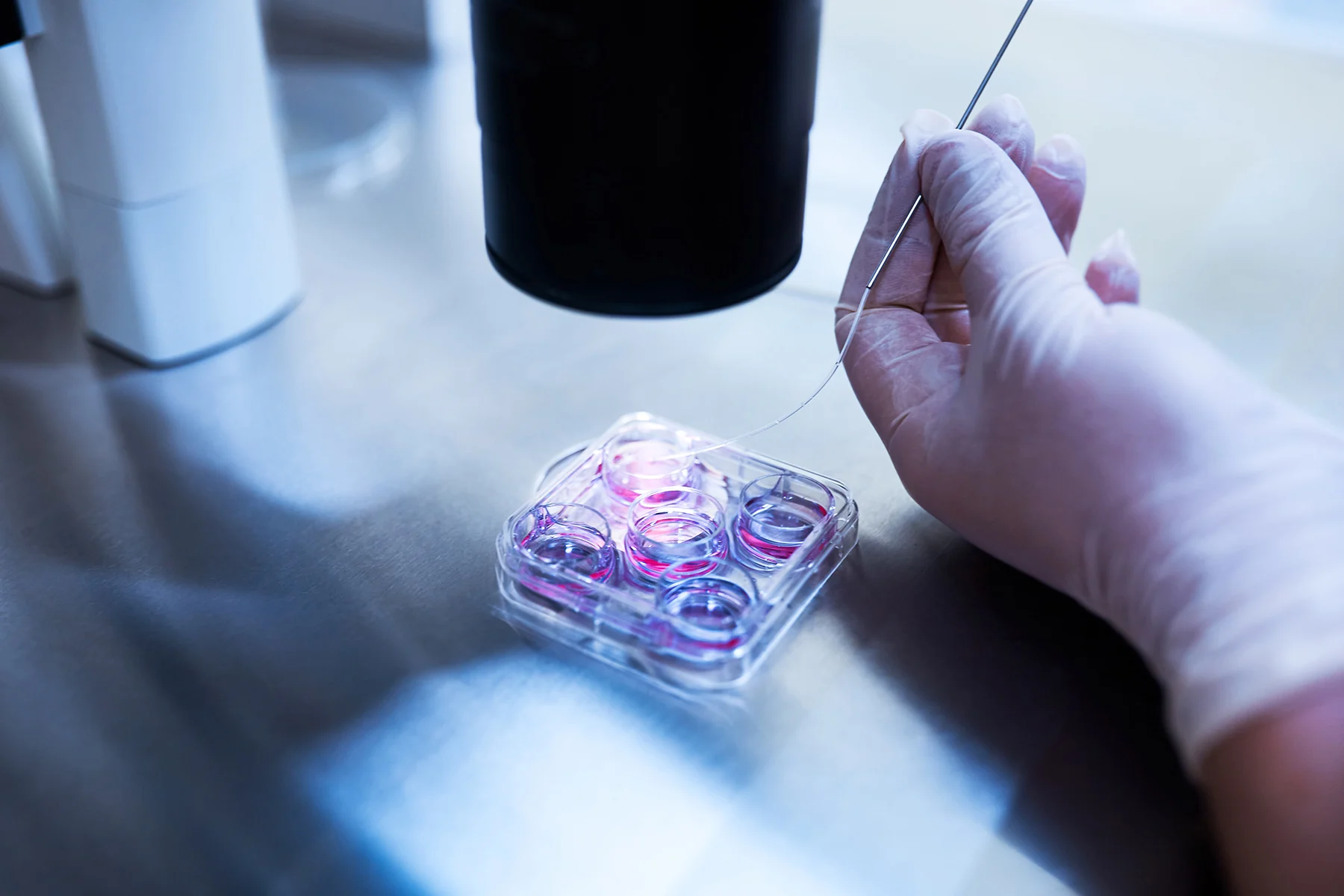
Step 4: Embryo Transfer
Embryo transfer is the final step in the IVF process where one or more selected embryos are placed into the woman’s uterus with the aim of achieving a pregnancy.This procedure can theoretically occur anytime between 1 to 6 days after fertilization, however it is typically done on days 3 to 5. If preimplantation genetic testing (PGT) is performed, embryos are usually biopsied on days 5 or 6, with several cells sent to a laboratory for analysis. Meanwhile, these embryos are frozen and stored in the IVF laboratory.The transfer itself uses a soft, flexible, thin catheter to gently guide the best quality embryo—selected based on an embryo grading system or PGT results—through the cervix into the uterus. This placement is assisted by an abdominal ultrasound to ensure optimal location for implantation. The procedure is quick, minimally invasive, and generally causes little to no discomfort, comparable to a pap smear.Regarding embryo selection, current best practices recommend transferring a single embryo to reduce the risks associated with multiple pregnancies, such as preterm birth and complications for both the babies and the mother. Additional viable embryos are typically frozen for future use if the cycle isn’t successful or if the parents wish to have more children later.If successful, the embryo will implant in the uterine lining within 1 to 2 days after the transfer, beginning its development into a pregnancy.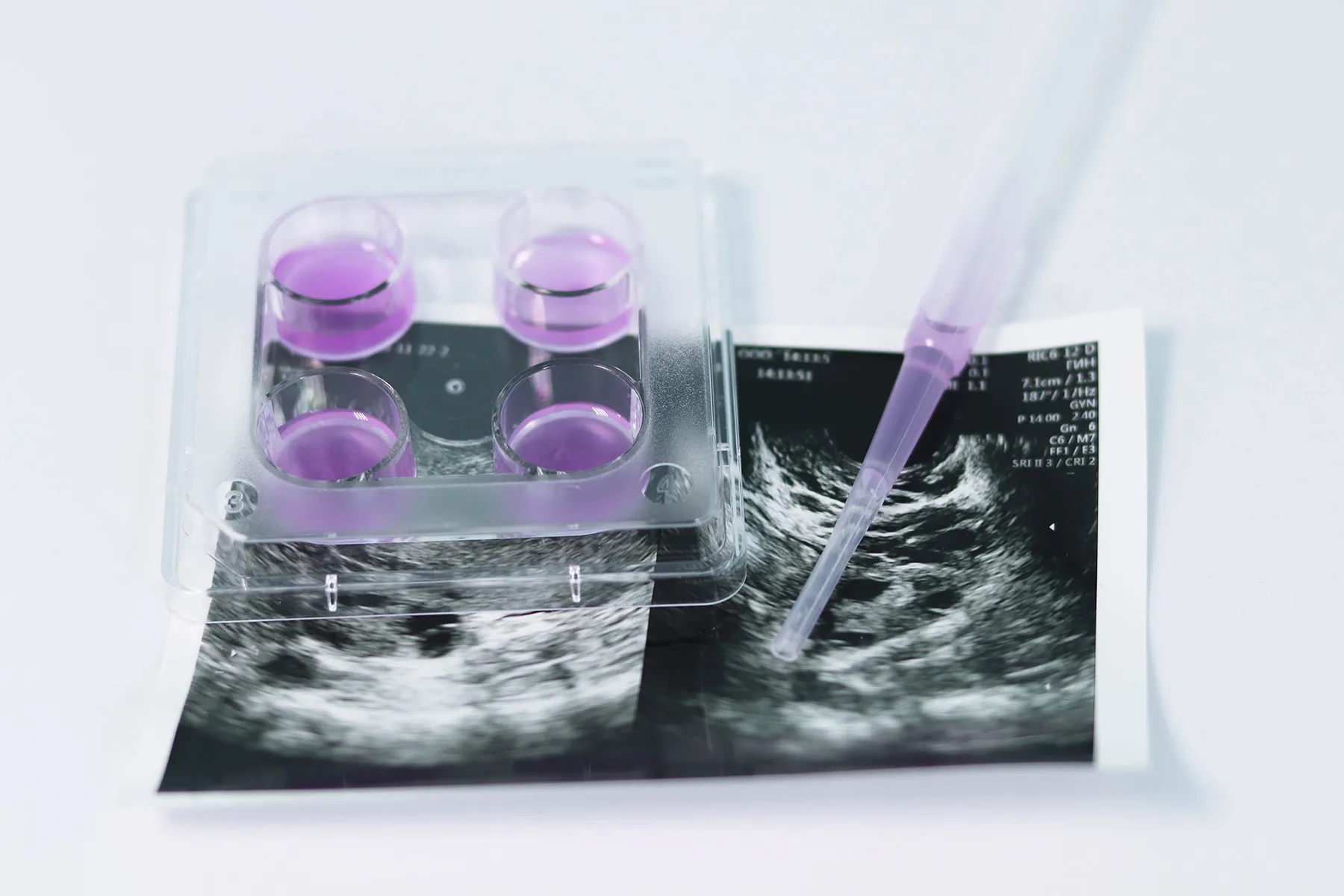
Assisted Hatching
Assisted hatching is a technique used in the IVF process to improve the chances of implantation of embryos, particularly for older women, couples with previous unsuccessful IVF attempts, and cases involving frozen/thawed embryos. This procedure involves creating a small hole in the zona pellucida, the flexible shell surrounding the early embryo cells. Normally, this shell cracks on its own, a necessary step for embryo implantation. Assisted hatching helps this process by thinning or puncturing the shell using methods like laser, acid solution, or mechanical force. In cases when PGT testing is performed, the zona has to be punctured at the time of biopsy, thus additional assisted hatching is not necessary.Performed just before the embryo transfer, the procedure is done under a microscope in the IVF lab and adds only a little time to the overall process. We need to say that assisted hatching has not been definitively proven to improve live birth rates and carries minor risks. There is no proof that it improves the chances of pregnancy or live birth results for other IVF patient groups.Assisted hatching is generally recommended only in specific cases based on clinical factors such as the patient's age, embryo quality, and prior IVF history.